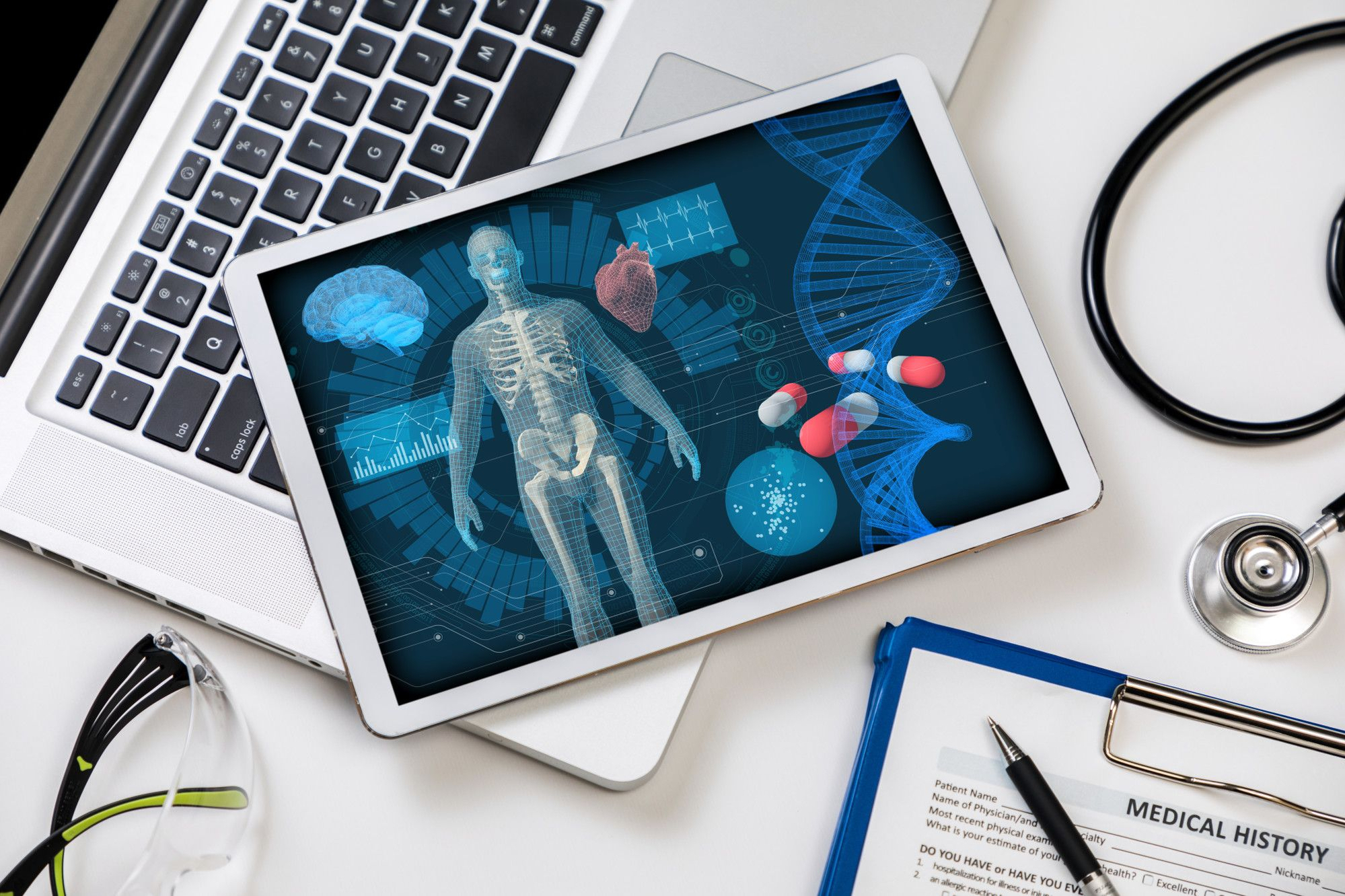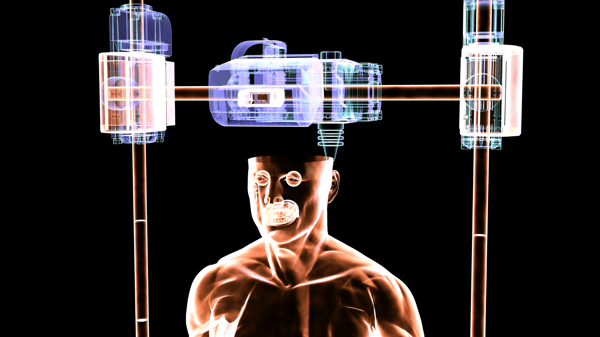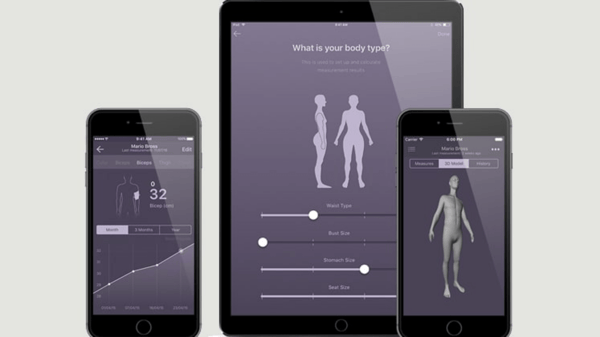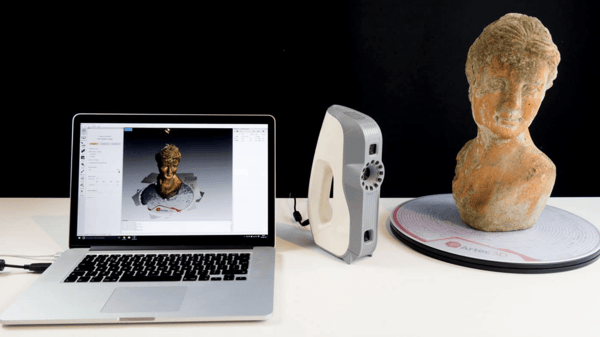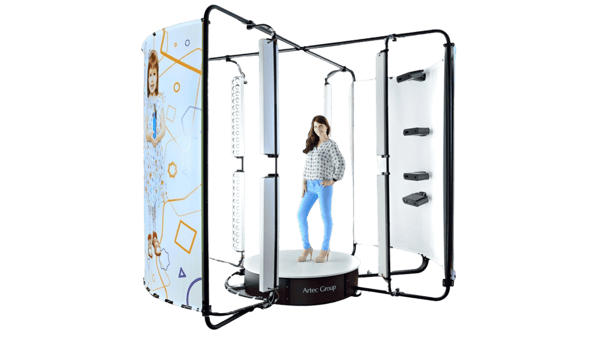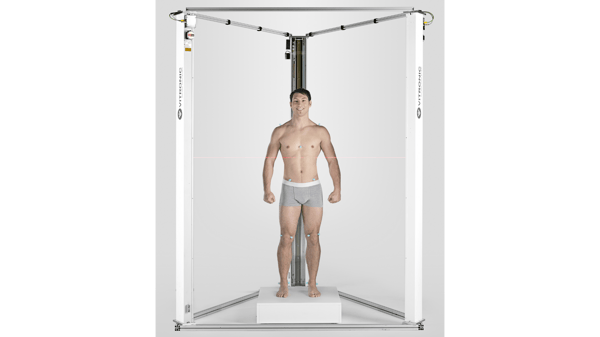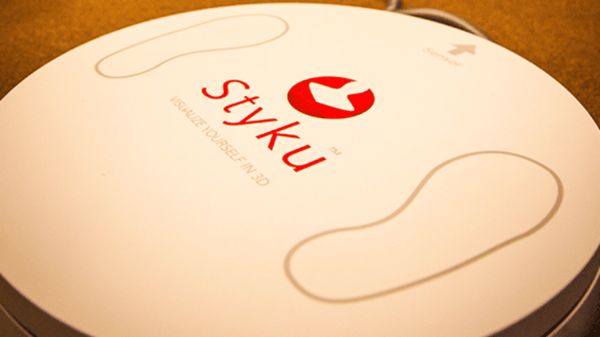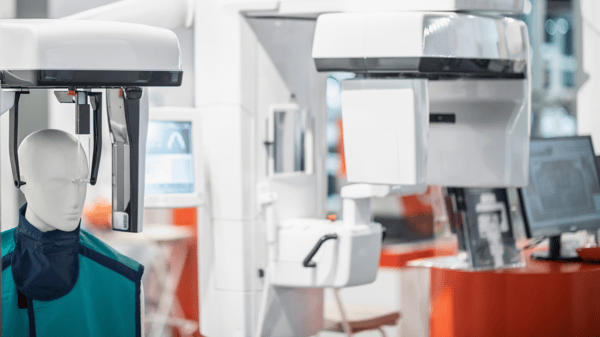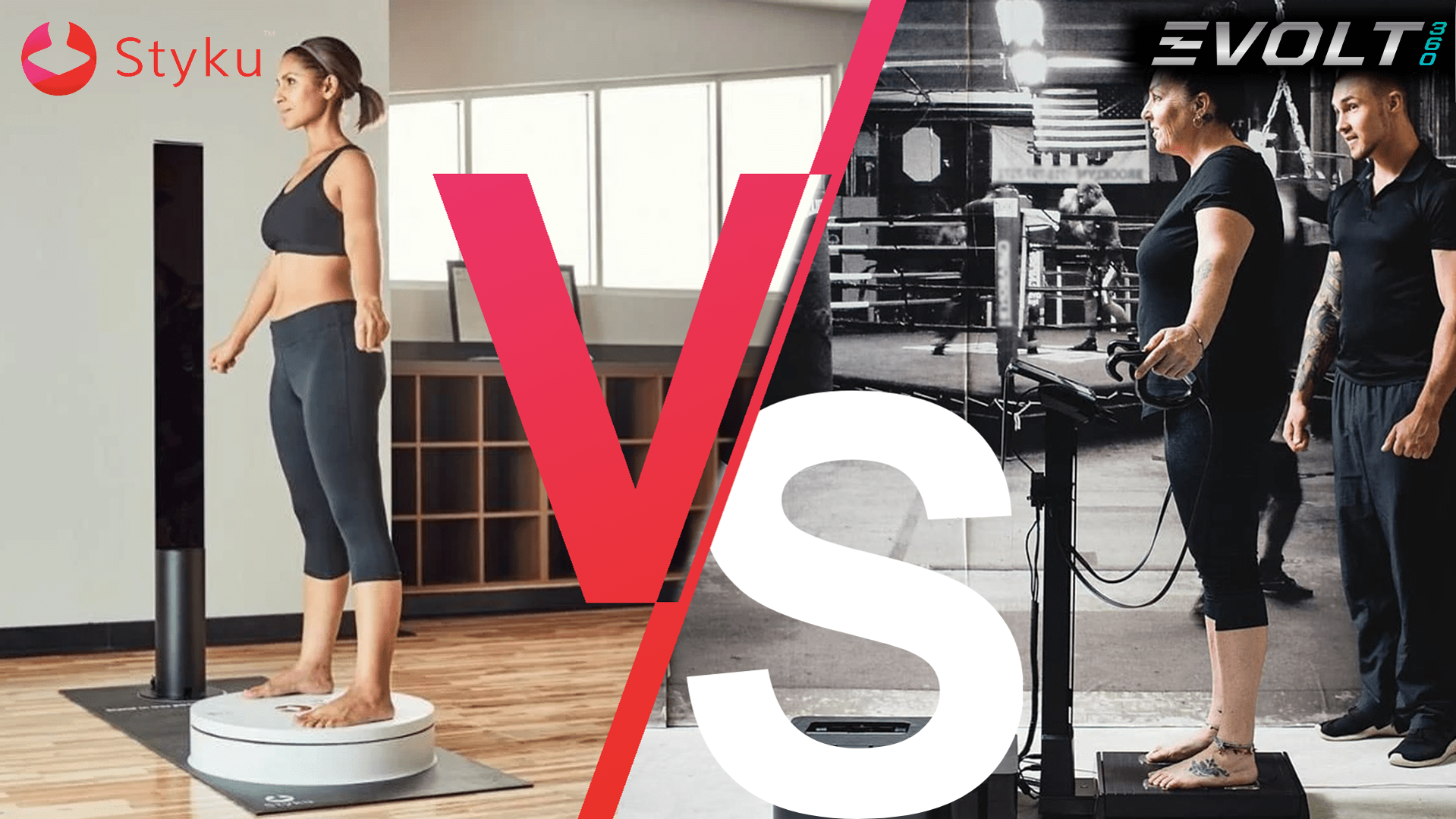If you own a fitness center, you know that exercise is a big business.
Although the recent pandemic has discouraged many people from leaving their homes, the market isn’t dying. In fact, more people are concerned about their long-term health than ever.
The entire fitness, health, and wellness markets are being transformed by new emerging digital solutions. In Fitness/Weight-Loss, we see new at-home equipment coupled with virtual training/coaching platforms . In TeleHealth, we see new and easier ways to engage with a physician or your primary care. And in Mental Health, we see a new breed of Apps allowing to chat directly with a therapist using just your phone. While its certainly attractive to manage your health remotely, it also has its short-comings. For example, in Fitness, in person training allows fitness professionals to utilize sophisticated 3D body scanning technology not readily available to consumers, to analyze a person's body composition. Body composition analyzers can go beyond just weight and help consumers see and understand their total body fat and lean mass. Without a body scan, consumers are relegated to using just an ordinary weight scale, which is often misleading. As a way to attract new customers, gyms across the country and investing in Body Scanning technology to capitalize on the void that at-home fitness users may experience around assessing their health and progress.
To learn all about the best 3D body scanners and how they’re revolutionizing fitness, keep reading.
What Is a 3D Body Scanner?
Just what is a 3D body scanner?
Simply put, 3D body scanning is a modern way to acquire precise body measurements.
Fitness 3D scanners can either be handheld devices that a user has to physically maneuver around their customer or they can be stationary devices that capture the entire body while it rotates 360 degrees on a rotating turntable/platform.
A third class of 3D body scanners have multiple stationary cameras positioned around a person, that capture the entire body all at once, simultaneously. Often these types of systems come affixed to a privacy booth of some kind that acts to also position the camera’s.
Regardless of the type of 3D scanner being used, 3D scanning has many applications across several different industries. 3D scans of human beings can be used to create 3D characters for animated movies, or avatars for games.
Medical professionals also use 3D scanning to carefully track patients’ growth and recovery. It is even used to help develop highly realistic prosthetics, which carefully mirror the appearance of amputees’ remaining organs.
Although there’s more than one specially designed 3D body scanner for fitness centers, 3D body scanning got its start in the fashion industry. Fashion designers and tailors use body scanning to take fast and accurate 3D measurements.
This allows them to design or tailor clothing fitted perfectly to individual bodies. Thanks to 3D scanning’s scalability and ease of use, it also allows many people to get fitted outfits who normally couldn’t purchase tailored clothing.
How 3D Body Scanners Work
Each industry that uses 3D body scanning has its own scanners, which have been fine-tuned for their specific needs. But beneath the differing feature sets, all 3D body scanners work in one of several ways: photogrammetry, structured light, millimeter wave, laser, white light, lidar, and hybrid.
Photogrammetry scanners work by taking dozens of photos at the same time around a subject, each from a slightly different angle. The algorithm in the scanner then combines the photos to create a 3D image. This method is best for applications where accurate color and texture are important.
Structured light scanners cast lines of infrared light out onto the object, then triangulate with one another to form the scan. Although this method is highly detailed and reliable, it requires the subject to stand completely still during scanning. Scanning this way also takes longer than photogrammetry.
Millimeter body scanners are used in airports (these are the clear booths that you step in while a large wand moves around your body or two wands move around half of your body), and laser or white light scanners are used mainly in the clothing industry before less expensive depth sensors became available. A new class of scanners has emerged, called 3D Depth Sensors that used structured light or “Time of Flight”, to measure infrared light reflected off a service, usually the result of an infrared projector illuminating the surface.
As the name implies, hybrid scanners use a combination of structured light and photogrammetry to capture as much 3D information at once as possible. These make up some of the best 3D body scanners available, although they can be overkill for some applications.
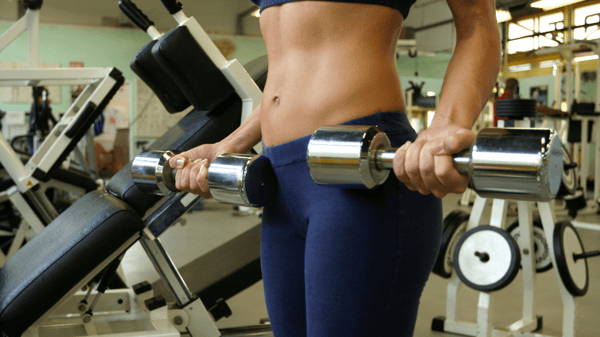
3D Body Scanners for Fitness Centers
The health and fitness industry is always introducing new tech into the world, so it’s no surprise that it’s taking advantage of 3D body scanning.
Fitness centers will use 3D scanners in a similar way to doctors’ offices, by measuring members’ fitness progress. It’s often difficult to measure workout progress effectively, but without a means of measurement, it’s hard for people to stay motivated.
As we mentioned earlier, using scales to measure people’s weight isn’t the best way to track their progress. This is because people who are working out might not lose weight just because they’re losing fat. If they’re also developing muscle, they might even weigh more after their workout program.
Unlike scales, fitness center 3D body scanners are an accurate and visual way to track progress. This results in more motivated trainees, which can directly contribute to increased memberships and revenue.
The 8 Best 3D Body Scanners in 2021
Of course, there are countless 3D body scanners on the market. How can you know which one is best for your fitness center?
That’s the question we’ll attempt to answer here. Keep reading for our breakdown of some of the best 3D body scanners on the market today.
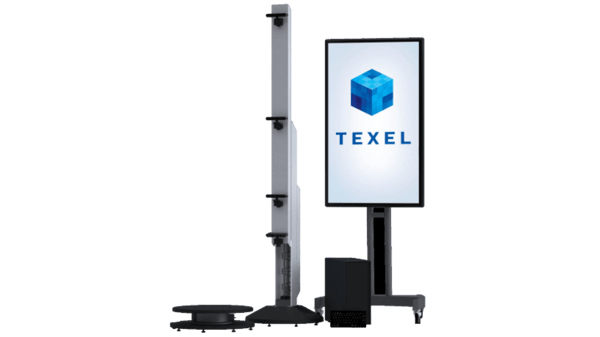
Texel Portal MX
The Texel Portal MX is a highly versatile stationary scanner that uses photogrammetry technology. It’s used in the entertainment and advertising industries, for medical applications, and even in fashion as a digital fitting room.
Using photogrammetry, the Portal MX only takes 30 seconds to perform a complete scan. After that, it can generate a 3D model of the subject in just one minute.
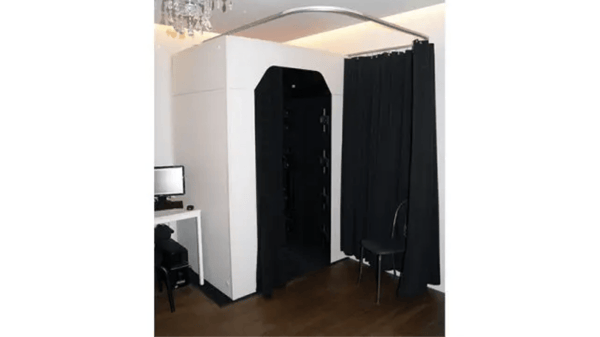
TC2 Labs TC2-21B
The TC2 Labs TC2-21B scanner can scan a person in just one second, and extracts data for avatar creation in just nine seconds.
Also a stationary scanner, it comes complete with a curtained-off changing area. You can even get a version with a touchscreen built-in to allow for user self-service. Like the Portal MX, it uses photogrammetry technology for quick scanning.
Size Stream SS20 3D Body Scanner
The first structured light scanner on our list, the Size Stream SS20 scanner is a versatile system that captures thousands of data points in a single scan.
As a full-size 3D body scanning booth, its primary use is for taking 3D measurements to create custom clothing. However, it can also be used effectively for 3D printing, measurement tracking, and healthcare and fitness applications.
Fit3D Proscanner
The Fit3D Proscanner is designed for fitness and healthcare facilities. Besides capturing detailed visual data, this structured light scanner can generate comprehensive wellness reports.
Being primarily used in fitness studios and health clubs, the Fit3D Proscanner can capture a subject in just 40 seconds.
Artec Eva
The Artec Eva combines ease of use with excellent scan quality. It doesn’t require calibration to use, and it works similarly to a video camera, producing detailed colors and textures.
Unlike the other scanners on this list, the Artec Eva is a handheld scanner. It might be ideal for people who are new to 3D scanning.
Shapify Booth
The Shapify Booth is a user-friendly 3D body scanner that captures subjects in just 12 seconds. Although you could certainly buy one for a fitness center, they’re primarily used in malls to create 3D selfies, similar to photo booths.
VITUS 3D Body Scanner
The Vitrionic VITUS 3D Body Scanner comes from a well-established brand in the 3D scanning industry. It uses a double triangulating process with structured light technology, resulting in highly accurate 3D data.
Styku 3D Body Scanner
Although you could use any of the 3D body scanners on this list in a fitness center, the Skyku 3D scanner was designed specifically for that purpose. It’s even been introduced into many Gold’s Gym locations.
Able to perform complete scans in just 35 seconds, it’s the fastest scanner of its type on the market. It’s very user-friendly, allowing for discreet and autonomous use. And it features a stunning interactive 3D viewer, which showcases members’ before and after scans next to each other.
Additional features include body fat ranking and comparison, goal setting and tracking, and a standardized assessment process. Together, they can not only excite and motivate your clients but also save time for you and your staff.
The Styku 3D was designed to be the best 3D body scanner for fitness centers, and it clearly reflects this in its user feedback.
How to Choose a 3D Body Scanner
As you can see, you have several options to choose from when it comes to 3D body scanners for fitness centers. But how to choose a 3D body scanner is ultimately up to you.
However, keep in mind that while versatility is impressive, applicability should be your main objective. Lots of scanners on the market will work in different settings, from fashion studios to fitness centers.
But often the best option is the one designed solely for your industry.
As you consider different fitness center 3D body scanners, we recommend choosing the one designed to complement your business. Contact us and request a quote today.


